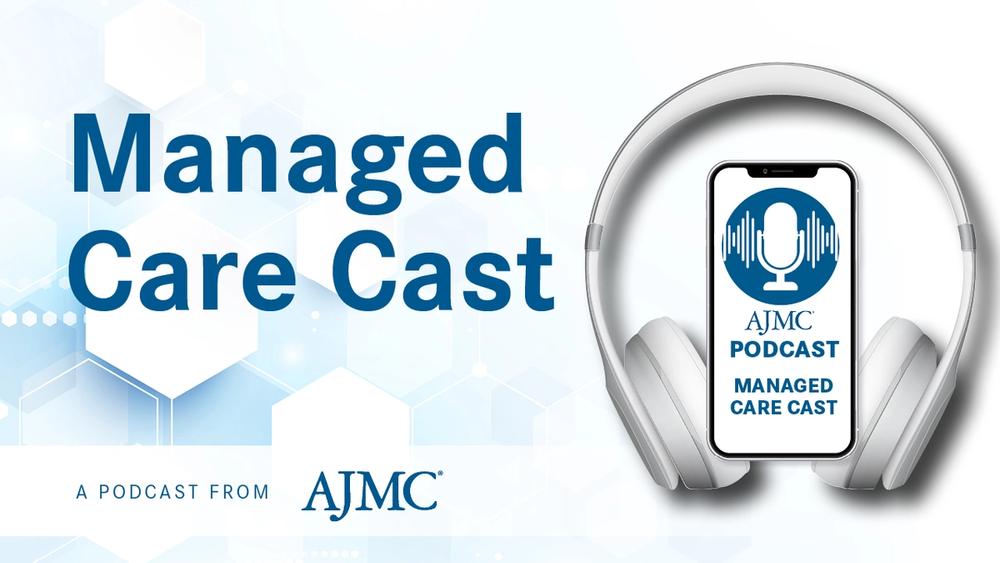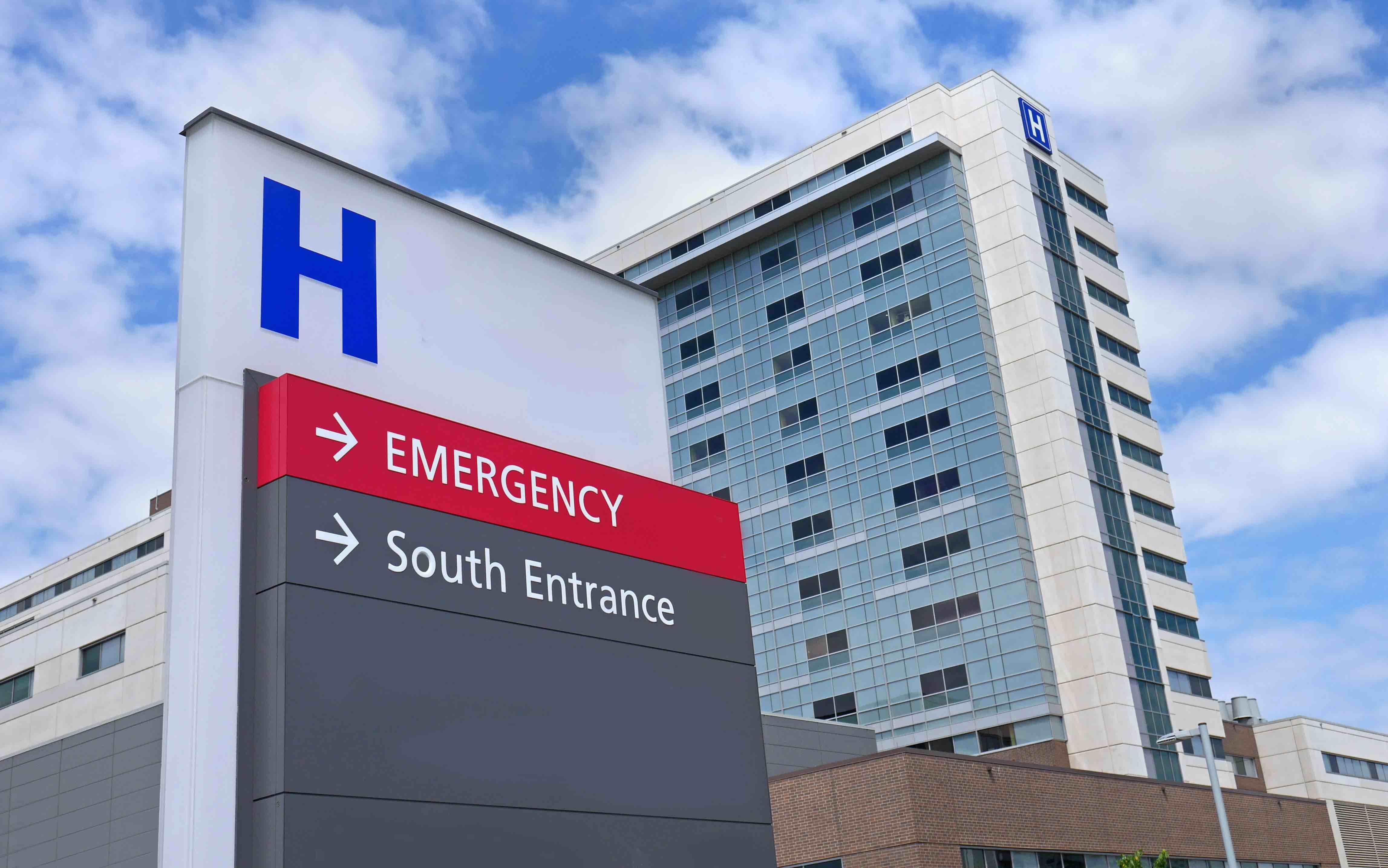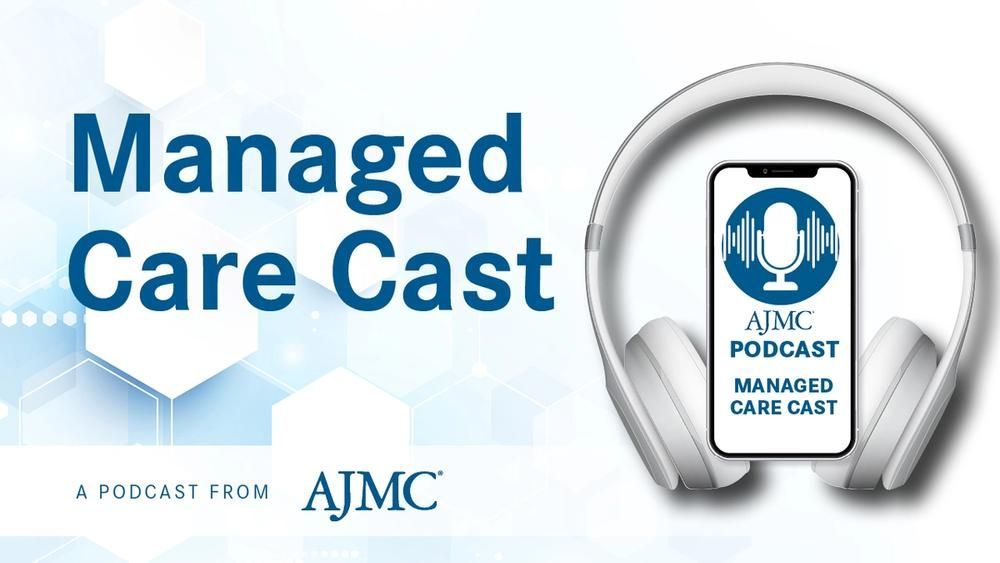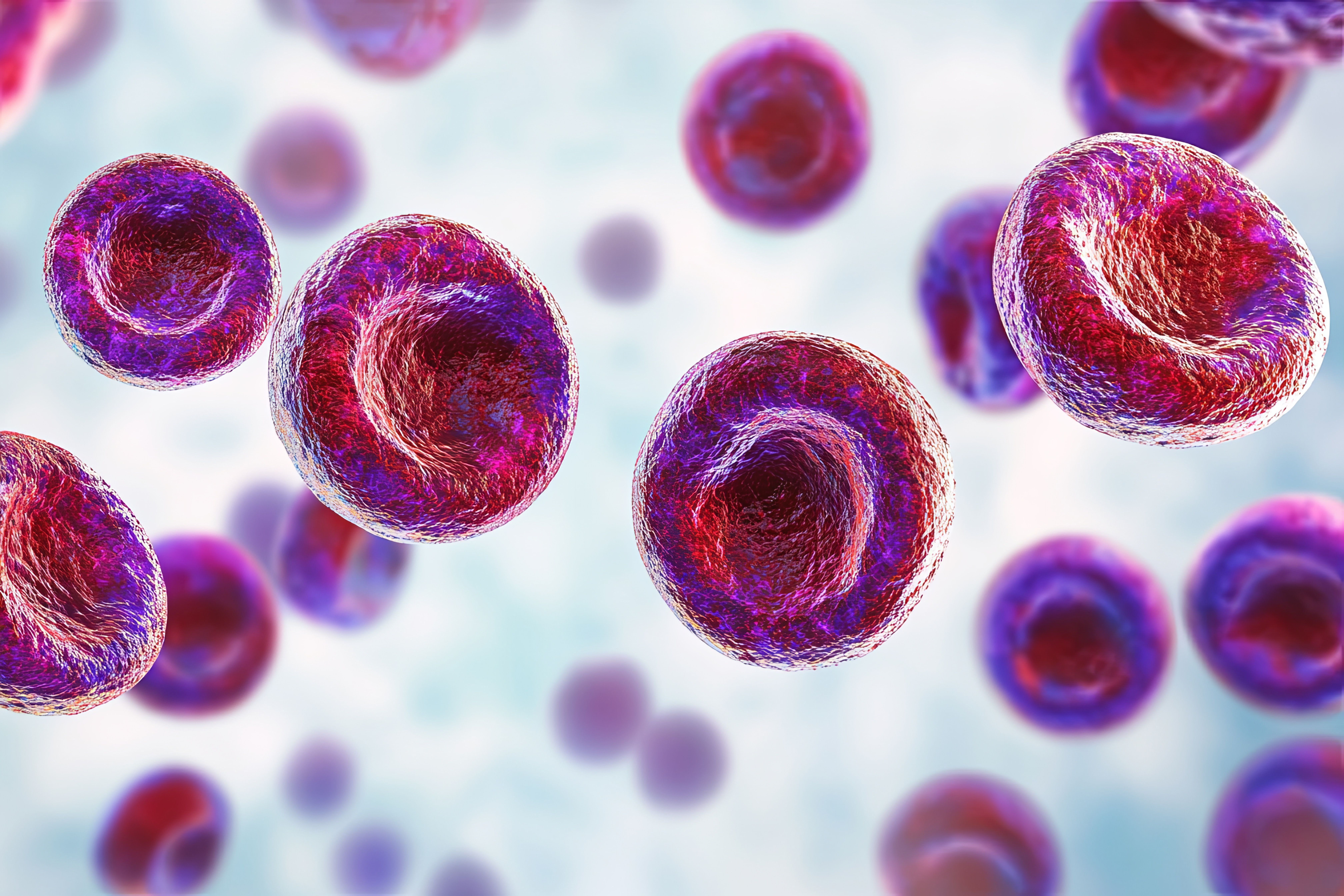Publication
Article
Evidence-Based Oncology
More Is Not Always Better: Innovations in Oncology Treatment and Diagnostics
Author(s):
Key Takeaways
- Outpatient administration of CAR T-cell therapies can reduce costs and improve patient satisfaction, with evolving reimbursement models supporting this trend.
- Pharmacists play a crucial role in care transitions, optimizing outcomes through collaboration and managing treatment-induced toxicities.
Coverage from the San Francisco Regional session of the Institute for Value-Based Medicine.
Oncology has seen waves of innovation in diagnostics, treatment, and patient management in recent years. However, with novel options comes a need for more nuanced decision-making for providers and patients. Speakers at an Institute for Value-Based Medicine event held in San Francisco, California, on February 27, 2025, discussed the complexities of treatment decision-making across cancer types and strategies to drive value in cancer care. The event, Elevating Value in Cancer Care: San Francisco,” brought together stakeholders in the oncology treatment space to share their insight into value-based medicine in oncology.

The first session centered on pharmacy decision-making in oncology. Moderated by Sophia Humphreys, PharmD, MHA, BCBBS, executive director of pharmacy, Providence Health System, the panel included Elizabeth Oyekan, PharmD, FCSHP, CPHQ, chief pharmacy officer at Stanford Health; Alan Chin, PharmD, BCOP, clinical oncology pharmacist at UCSF Health; and Tiffany Phung, PharmD, specialty pharmacy director at UC Davis Health.
Elizabeth Oyekan, PharmD, FCSHP, CPHQ | Image: Stanford

The discussion began with the logistics and value of delivering bispecific antibodies or even chimeric antigen receptor (CAR) T-cell therapies, traditionally administered in the inpatient setting, as outpatient treatments. Delivering these high-cost, high-risk therapies in the outpatient setting can reduce hospital stays and health care costs overall, Chin noted.
Alan Chin, PharmD, BCOP | Image: UCSF Health
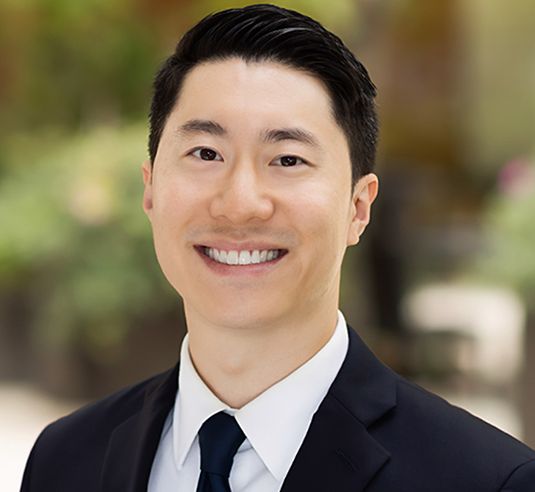
“For patients themselves, it definitely offers a greater convenience for them and greater patient satisfaction, which is most important of all,” Chin said. “These patients don’t need to be admitted for the entire week anymore, so it increases the flexibility of scheduling for these patients. It offers them care closer to home, and overall, these patients have [a] greater quality of life and adherence as well.”
Reimbursement models have also adapted to this trend, Chin explained. He said that as more data emerge confirming safety, this strategy may become increasingly popular for CAR T-cell therapies and bispecific antibodies. To manage treatment-induced toxicities, uniform inpatient and outpatient workflows are crucial. These will vary between therapies, but there may also be opportunities to consolidate strategies when multiple therapies have similar toxicity management protocols, Chin said.
In response to a question about the fragmentation that can occur with payer mandates regarding sites of care, Oyekan said although it poses challenges, this issue is part of a larger push for delivering care at lower price points and will likely need to be navigated. With patients increasingly being steered from expensive sites of care, such as large academic centers, clinically integrated networks (CINs) and teleoncology are 2 elements that could facilitate better communication, lower costs, and optimal patient outcomes, she added.
“We know site of care is coming, and the question for us is, ‘What are we going to do to keep the communication lines going?’ The other thing we’re thinking about is CINs,” Oyekan said. “What we’re doing there is looking to see, how do we bring [in] the hospitals that we work with? How do we bring the providers in the community, the specialty pharmacies and other entities we’re working with, and how do we form an alliance?”
Tiffany Phung, PharmD | Image: UC Davis Health

Phung spoke to the pharmacists’ role in driving value alongside oncology teams, emphasizing the importance of collaboration to optimize outcomes. She pointed to a study that characterized a multidisciplinary team’s role in hospital discharge for patients with acute myeloid leukemia receiving the BCL2 inhibitor venetoclax with hypomethylating agents.1
“What they saw was [that] when pharmacists were involved in managing the care from inpatient to out—getting those prior authorizations, making sure that the medication is in hand—for the patient, the length of stay in the hospital was reduced significantly,” Phung said. This demonstrated that working with inpatient and outpatient pharmacists can allow patients to be safely discharged with good outcomes. At UC Davis Health, she continued, pharmacists also conduct post-discharge calls to ensure patients are adhering to treatment appropriately. “Under this collaborative practice agreement, we’re able to prescribe the supportive care that’s needed,” she said.
Oyekan and Chin echoed the importance of this strategy, adding that Stanford Health and UCSF employ similar best practices.
Innovations and Best Practices in Breast and Gastrointestinal Cancers
Laura Huppert, MD, breast oncologist as UCSF Health, moderated a session on innovations in breast cancer treatment. Panelists Aditi Choudhry, MD, a hematologist/medical oncologist at John Muir Health; Lidia Schapira, MD, FASCO, professor of medicine at Stanford University School of Medicine; and Tiffany Meng, PharmD, oncology pharmacist at UCSF, discussed the latest developments in the breast cancer treatment space and how best to serve patients with breast cancer.
Huppert opened the discussion with a question about CDK4/6 inhibitors for patients with early-stage hormone receptor–positive, HER2-negative breast cancer—specifically, the efficacy of these therapies and barriers to receiving them. Schapira said because early-stage breast cancer is treated with curative intent, patient preference is an integral part of the conversation.
“Ultimately, the person who decides on the value, I think, is the patient—if they can afford it and if they can physically have it,” Schapira said. However, she noted the significant toxicity associated with CDK4/6 inhibition, and a lack of evidence that survival improves with these treatments.
Lidia Schapira, MD, FASCO | Image: Stanford University School of Medicine
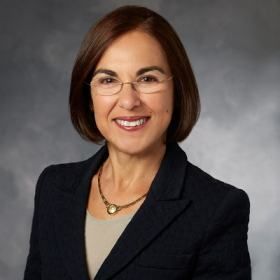
“Patients are often not at their best, and you hopefully don’t want them to make a decision from a place of fear, saying, ‘Just give me everything,’ which is often the way some of the adjuvant conversations are framed,” Schapira said. “And I don’t think that is really fair. I don’t think it’s really helping the patient either.”
Choudhry added that she offers CDK4/6 inhibitors to eligible, younger high-risk patients; however, she explains to patients that although approved options exist, there isn’t a proven overall survival (OS) benefit.
Aditi Choudhry, MD | Image: John Muir Health

“Once you tell a patient that this is approved, they automatically just want to grasp for it without realizing that there isn’t [an] OS benefit,” Choudhry said. “That’s a conversation I’m having with my patients. I’m still offering it to the high-risk, younger, node-positive patients, and then having a more detailed, in-depth discussion with node-negative, especially postmenopausal, older patients.”
Schapira cautioned against overtreatment, explaining that more treatment and higher doses are not always better. Treatment should be planned methodically, carefully, and calmly; every patient is unique in their needs and treatment responses.
From the pharmacy perspective, Meng discussed the challenges of getting coverage for newer therapies and defining value from the patient’s perspective. Patients may come to the pharmacy intending to proceed with a treatment, only to learn that the copay is unmanageable, or that insurance did not grant approval. Pharmacists can help patients by navigating prior authorization, peer-to-peer appeals, and options such as co-pay cards, grants, patient assistance programs, or other routes of assistance, Meng said.
“It’s exploring all these options with the patients to see what would be reasonable for them and make it accessible for them,” Meng said. “And then it’s adherence. You might feel like, ‘Oh, I’m ready to take this medication,’ and then you start taking it, and it’s really intolerable. And then the conversation needs to be had about how you help them stay on the regimen.”
Schapira expained that supporting patients through services like financial navigation is also important, although these services are often underused. Expanding supportive services, especially at academic centers providing cancer care, is essential.
“I think our cancer centers need to understand that supporting patients is part of the business of giving cancer care,” Schapira said.
Curtis Chong, MD, PhD, MPhil, FACP, medical oncologist at Stanford Medicine, moderated the session, Best Practices in Screening and Testing in GI Oncology. Discussants included Geoffrey Buckle, MD, MPH, gastrointestinal (GI) oncologist at UCSF; Andrew Ko, MD, also a GI oncologist at UCSF; and Margaret Tempero, MD, medical oncologist and director, UCSF Pancreas Center.
Circulating tumor DNA (ctDNA), a relatively novel tool, holds value in various scenarios, Chong began, including therapy selection in the metastatic setting and chance of recurrence in the adjuvant and neoadjuvant settings. Tempero spoke about ctDNA use in the realm of multicancer early detection (MCED) testing, where evidence is still accumulating.
Curtis Chong, MD, PhD, MPhil, FACP | Image: Stanford Medicine
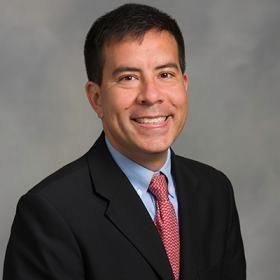
“There’s still much to be done to prove this is of any value, and it probably is going to require some other analytes besides ctDNA, if we’re really serious about early detection of cancer,” Tempero said. A major challenge with MCED, Chong said, is decision-making after ctDNA testing shows a positive result, but nothing is found in subsequent screening. Tempero said having the appropriate imaging instrumentation and multidisciplinary clinical staff to perform comprehensive diagnostic testing is helpful in fast-tracking patients to diagnosis, but this is uncommon in the community setting.
Chong asked the panel about their approaches to colorectal cancer screening tests, such as the FDA-approved Shield and Cologuard tests. Buckle noted these don’t hold value for surveillance in patients already diagnosed with colorectal cancer.
“Taking a step back from the problems that primary care providers and population health face, which are quite different, there’s definitely an implementation challenge of getting access to colonoscopies, getting people to do preps, and long wait times. I think that these tools can help serve an implementation gap, in essence, getting more people tested.” Although increasing testing rates via ctDNA screening tests could save lives, colonoscopy should be prioritized because it is both diagnostic and therapeutic, as polyps that pose a risk can be removed, Buckle said.
A crucial setting for ctDNA is in the detection of minimal residual disease (MRD), Ko explained, adding that data are more robust in colorectal cancer than some other cancer types in this setting. He noted that BESPOKE trial (NCT04264702) results presented at the 2025 American Society of Clinical Oncology Gastrointestinal Cancers Symposium suggested there was no benefit to adjuvant therapy among patients who tested negative for ctDNA,2 but that the evidence is not compelling enough to not give adjuvant chemotherapy to patients with stage III disease. Buckle agreed, adding that data from the VEGA trial (NCT03662542), which is looking at both intensification and de-escalation of therapy,3 may help answer this question.
“I think it’s fair to say we’re not ready to deescalate therapy based upon very large randomized controlled trials of 12,000 patients that help inform current practice,” Buckle said, “but I think that we have observational data is sufficient to then allow for intensification…. If you have a stage II patient, we know that those patients fare worse if they’re positive vs stage III with negative ctDNA.”
References
1. Pervitsky V, Guglielmo J, Moskoff B, et al. Characterization of a multidisciplinary team’s role in hospital discharge for patients receiving hypomethylating agents with venetoclax as induction therapy for acute myeloid leukemia. Support Care Cancer. 2023;31(4):224. doi:10.1007/s00520-023-07664-z
2. Shah P, Aushev V, Ensor J, et al. Circulating tumor DNA for detection of molecular residual disease (MRD) in patients (pts) with stage II/III colorectal cancer (CRC): Final analysis of the BESPOKE CRC sub-cohort. J Clin Oncol. 2025;43(suppl 4):Abstract 15. doi:10.1200/JCO.2025.43.4_suppl.15
3. Feagan BG, Sands BE, Sandborn WJ, et al., for the VEGA Study Group. Guselkumab plus golimumab combination therapy versus guselkumab or golimumab monotherapy in patients with ulcerative colitis (VEGA): a randomised, double-blind, controlled, phase 2, proof-of-concept trial. Lancet Gastroenterol Hepatol. 2023;8(4):307-320. doi: 10.1016/S2468-1253(22)00427-7.


